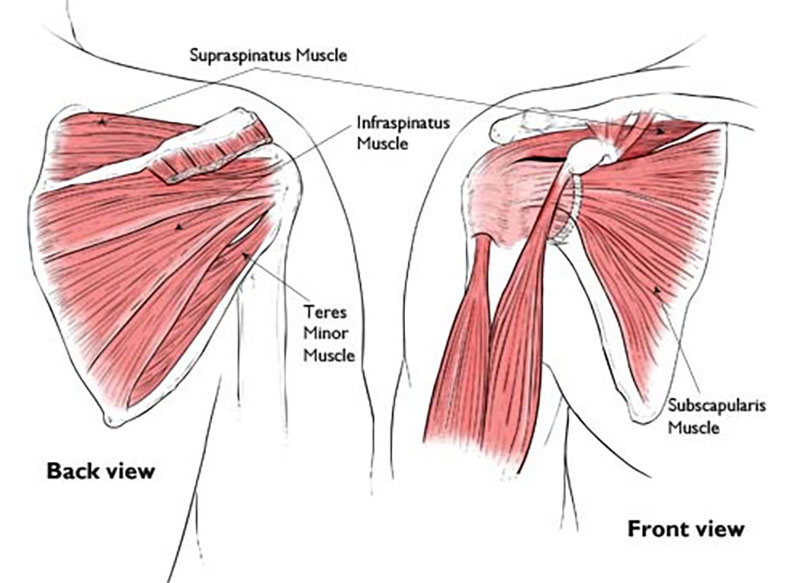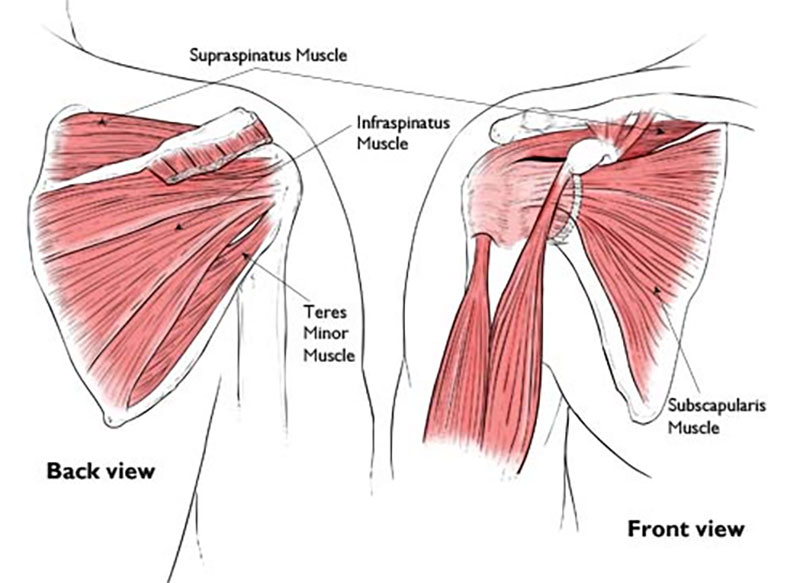
General.
- April 2, 2024
- 35

STAGES OF FROZEN SHOULDER
ANATOMY
The shoulder is a shallow ball and socket joint. This allows a fantastic range of movement. The joint capsule, ligaments and rotator cuff muscles are important for shoulder stability, but also need to be flexible and elastic to allow movement to occur.

FROZEN SHOULDER
Shoulder stiffness may occur without any history of injury. This is often called adhesive capsulitis. The shoulder may also become painful and stiff following trauma or shoulder surgery, where the body has a vigorous inflammatory response that results in excessive scar formation, and subsequent loss of motion.
It affects 2% of the population and is more common in women than men. It most commonly affects people between the ages of 40 and 60 years.
CAUSES
The cause of a frozen shoulder is not completely understood. It is associated with a number of medical conditions including diabetes, thyroid disease, heart disease, and Parkinson’s disease.
SYMPTOMS
Pain from a frozen shoulder is usually a dull ache that often radiates towards the elbow. Pain may also be felt around the shoulder blade (scapula) as well. It is often present at rest, and worse with movement. It also may be worse at night and affect sleep. Over time, the shoulder becomes stiffer.
| Stage | Description | Duration |
|---|---|---|
| 1. Freezing (inflammatory). | Slow onset of pain Shoulder becomes stiffer and more painful with time. | 6 weeks to 9 months. |
| 2. Frozen. | Slow improvement in pain but remains stiff. | 4 to 9 months. |
| 3. Thawing. | Movement slowly returns to normal. | 5 to 26 months. |
Add Comment